Machine Learning and IoT Trends for Intelligent Prediction of Aircraft Wing Anti-Icing System Temperature
Abstract
1. Introduction
- Build an accurate model of an aircraft wing anti-icing system;
- Estimate the heat transfer performance of aircraft wing anti-icing system based on CFD;
- Evaluate the results of CFD simulations based on different criteria;
- Design an intelligent ANN model to predict heat transfer based on experimental data and CFD data;
- Compared the CFD model and ANN model based on different evaluation tests;
- Monitor the temperature of an aircraft wing anti-icing system using the IoT.
2. Numerical Validation and Verification
2.1. Anti-Icing Model Geometry
2.2. Boundary Conditions of Computational Domain and Solver Settings
2.3. Computational Domain Discretization
3. Internet of Things (IoT)
3.1. IoT in Aviation
3.2. ThingSpeak Platform
4. Artificial Neural Network (ANN)
5. Results and Discussion
5.1. Scenario 1: Numerical Analysis Based on CFD
5.1.1. Grid Dependency Check
5.1.2. Verification of Numerical Model
5.2. Scenario 2: ANN Model Based on Experimental and CFD Data
5.3. Scenario 3: IoT Based on ANNs
6. Conclusions
Author Contributions
Funding
Data Availability Statement
Conflicts of Interest
References
- Abdelghany, E.S.; Sarhan, H.H.; Alahmadi, R.; Farghaly, M.B. Study the Effect of Winglet Height Length on the Aerodynamic Performance of Horizontal Axis Wind Turbines Using Computational Investigation. Energies 2023, 16, 5138. [Google Scholar] [CrossRef]
- Hamid, H.A.; Yong, W.K.; Yusoff, H.; Ismail, M.A. CFD Impingement Flow Study on Temperature Profile of Concave Plate. J. Adv. Res. Fluid Mech. Therm. Sci. 2022, 95, 1–16. [Google Scholar] [CrossRef]
- Li, B.; Sun, Q.; Xiao, D.; Zhang, W. Numerical Investigation of the Aerofoil Aerodynamics with Surface Heating for Anti-Icing. Aerospace 2022, 9, 338. [Google Scholar] [CrossRef]
- Fukudome, K.; Tomita, Y.; Uranai, S.; Mamori, H.; Yamamoto, M. Evaluation of Anti-Icing Performance for an NACA0012 Airfoil with an Asymmetric Heating Surface. Aerospace 2021, 8, 294. [Google Scholar] [CrossRef]
- Broeren, A.P.; Potapczuk, M.G.; Riley, J.T.; Villedieu, P.; Moëns, F.; Bragg, M.B. Swept-Wing Ice Accretion Characterization and Aerodynamics. In Proceedings of the 2011 Annual Technical Meeting, St. Louis, MO, USA, 10–12 May 2011; AIAA: Reston, VA, USA, 2013; pp. 2013–2824. [Google Scholar] [CrossRef]
- Hedde, T.; Guffond, D. ONERA three-dimensional icing model. AIAA J. 1995, 33, 1038–1045. [Google Scholar] [CrossRef]
- Li, H.; Hu, Q.; Jiang, X.; Yu, Z.; Shu, L.; Li, C.; Qiu, Z. Review on Anti-icing and De-icing Techniques of Wind Turbine Blades. In Proceedings of the IWAIS 2022, Montreal, QC, Canada, 19–23 June 2022. [Google Scholar]
- Michael, P.; Wong, S.-H.; Yeong, H.-W.; Wong, S.-C.; Vu, G.T. Experimental Investigation of a Bleed Air Ice Protection System. SAE Trans. 2007, 116, 643–663. Available online: http://www.jstor.org/stable/44719498 (accessed on 1 January 2007).
- Subramaniam, R.; Keith, T.G.; De Witt, K.J.; Putt, J.C.; Mailing, C.A.; Leffel, K.L. Numerical modeling of an advanced pneumatic impulse ice protection system for aircraft. J. Aircr. 1992, 29, 1057–1063. [Google Scholar] [CrossRef]
- Robert, I.E.; Schrag, R.L.; Bernhart, W.D.; Zumwalt, G.W.; Kendrew, T.J. An investigation of power line de-icing by electro-impulse methods. IEEE Trans. Power Deliv. 1989, 4, 1855–1861. [Google Scholar] [CrossRef]
- Hassaani, A.; Elsayed, A.F.; Khalil, E.E. Numerical investigation of thermal anti-icing system of aircraft wing. Int. Robot. Autom. J. 2020, 6, 60–65. [Google Scholar] [CrossRef]
- Avi, A. Development of Icing Testing Tools for Large Climatic Chamber. Master Thesis, School of Industrial and Information Engineering, Politecnico di Milano University, Milano, Italy, 2020. [Google Scholar]
- Brown, J.M.; Raghunathan, S.; Watterson, J.K.; Linton, A.J.; Riordon, D. Heat transfer correlation for anti-icing systems. J. Aircr. 2002, 39, 65–70. [Google Scholar] [CrossRef]
- Li, R.; Zhu, G.; Zhang, D. Investigation on the Mechanism of Heat Load Reduction for the Thermal Anti-Icing System. Energies 2020, 13, 5911. [Google Scholar] [CrossRef]
- Uranai, S.; Fukudome, K.; Mamori, H.; Fukushima, N.; Yamamoto, M. Numerical Simulation of the Anti-Icing Performance of Electric Heaters for Icing on the NACA 0012 Airfoil. Aerospace 2020, 7, 123. [Google Scholar] [CrossRef]
- Asaumi, N.; Mizuno, M.; Tomioka, Y.; Suzuki, K.; Hyugaji, T.; Kimura, S. Experimental Investigation and Simple Estimation of Heat Requirement for Anti-Icing. J. Gas Turbine Soc. Jpn. 2018, 46, 476–485. [Google Scholar] [CrossRef]
- De Mattos, B.; Oliveira, G. Three-dimensional Coupled Analysis of a Wing Slice Slat with a Piccolo Tube. In Proceedings of the 18th Applied Aerodynamics Conference, Denver, CO, USA, 14–17 August 2000; p. 3921. [Google Scholar] [CrossRef]
- Wong, S.-H.; Zamora, A. Computational Investigation of a Bleed Air Ice Protection System. In Proceedings of the 1st AIAA Atmospheric and Space Environments Conference, San Antonio, TX, USA, 22–25 June 2009; AIAA: Reston, VA, USA, 2009. [Google Scholar]
- Lima, D.S.G.A.; Otávio, D.M.S.; Godoy, D.J.Z.E.J. Numerical simulation of airfoil thermal anti-ice operation, part 1: Mathematical modelling. J. Aircr. 2007, 44, 627–633. [Google Scholar] [CrossRef]
- Liu, H.H.T.; Hua, J. Three-dimensional integrated thermodynamic simulation for wing anti-icing system. J. Aircr. 2004, 41, 1291–1297. [Google Scholar] [CrossRef]
- Cheng, J.-C.; Chen, Y.-M. Investigation of fluid flow and heat transfer characteristics for a thermal anti-icing system of a high-altitude and long-endurance UAV. J. Mech. 2021, 37, 467–483. [Google Scholar] [CrossRef]
- Choi, M.; Yoo, H.S.; Yang, G.; Lee, J.S.; Sohn, D.K. Measurements of impinging jet flow and heat transfer on a semi-circular concave surface. Int. J. Heat Mass Transf. 2000, 43, 1811–1822. [Google Scholar] [CrossRef]
- Wright, W.B. An Evaluation of Jet Impingement Heat Transfer Correlations for Piccolo Tube Application. In Proceedings of the 42nd AIAA Aerospace Sciences Meeting and Exhibit, Reno, NV, USA, 5–8 January 2004. [Google Scholar]
- Sreedharan, C.; Nagpurwala, Q.; Subbaramu, H.S. Effect of Hot Air Jets from a Piccolo Tube in Aircraft Wing Anti-Icing Unit. MSRUAS-SASTech J. 2014, 13, 2–5. [Google Scholar]
- Zhou, S.; Liu, X.; Du, G.; Liu, C.; Zhou, Y. Comparison study of CFD and artificial neural networks in predicting temperature fields induced by natural convention in a square enclosure. Therm. Sci. 2019, 23, 3481–3492. [Google Scholar] [CrossRef]
- Rubio, G.; Valero, E.; Lanzan, S. Computational Fluid Dynamics Expert System using Artificial Neural Networks. Int. J. Comput. Inf. Eng. 2012, 6, 413–417. [Google Scholar]
- Gholami, A.; Bonakdari, H.; Akhtari, A.A.; Ebtehaj, I. A combination of computational fluid dynamics, artificial neural network, and support vectors machines models to predict flow variables in curved channel. Sci. Iran. 2019, 26, 726–741. [Google Scholar] [CrossRef]
- Chang, S.; Leng, M.; Wu, H.; Thompson, J. Aircraft ice accretion prediction using neural network and wavelet packet transform. Aircr. Eng. Aerosp. Technol. Int. J. 2016, 88, 128–136. [Google Scholar] [CrossRef]
- Kuan, Y.; Lien, H. The integration of the neural network and computational fluid dynamics for the heatsink design. In Proceedings of the Advances in Neural Networks–ISNN 2005: Second International Symposium on Neural Networks, Chongqing, China, 30 May–1 June 2005; Proceedings, Part III 2. Springer: Berlin/Heidelberg, Germany; pp. 933–938. [Google Scholar]
- Strijhak, S.; Ryazanov, D.; Koshelev, K.; Ivanov, A. Neural Network Prediction for Ice Shapes on Airfoils Using iceFoam Simulations. Aerospace 2022, 9, 96. [Google Scholar] [CrossRef]
- Jung, S.K.; Shin, S.; Myong, R.S.; Cho, T.H. An efficient CFD-based method for aircraft icing simulation using a reduced order model. J. Mech. Sci. Technol. 2011, 25, 703–711. [Google Scholar] [CrossRef]
- Sadrehaghighi, I. Artificial Neutral Networks (ANNs) Applied as CFD Optimization Techniques; Springer Nature: Berlin, Germany, 2021. [Google Scholar]
- Georgieva, P.; De Azevedo, S.F. Neural network-based control strategies applied to a fed-batch crystallization process. Int. J. Chem. Mol. Eng. 2007, 1, 145–154. [Google Scholar]
- Yi, X.; Wang, Q.; Chai, C. Prediction model of aircraft icing based on deep neural network. Trans. Nanjing Univ. Aeronaut. Astronaut. 2021, 38, 535–544. [Google Scholar]
- Shora, M.M.; Ghassemi, H.; Nowruzi, H. Using computational fluid dynamic and artificial neural networks to predict the performance and cavitation volume of a propeller under different geometrical and physical characteristics. J. Mar. Eng. Technol. 2018, 17, 59–84. [Google Scholar] [CrossRef]
- Essa, M.E.S.M.; Lotfy, J.V.W.; Abd-Elwahed, M.E.K.; Rabie, K.; ElHalawany, B.M.; Elsisi, M. Low-cost hardware in the loop for intelligent neural predictive control of hybrid electric vehicle. Electronics 2023, 12, 971. [Google Scholar] [CrossRef]
- Essa, M.E.S.M.; Elsisi, M.; Saleh Elsayed, M.; Fawzy Ahmed, M.; Elshafeey, A.M. An Improvement of Model Predictive for Aircraft Longitudinal Flight Control Based on Intelligent Technique. Mathematics 2022, 10, 3510. [Google Scholar] [CrossRef]
- Essa, M.E.S.M.; El-shafeey, A.M.; Omar, A.H.; Fathi, A.E.; Maref, A.S.A.E.; Lotfy, J.V.W.; El-Sayed, M.S. Reliable Integration of Neural Network and Internet of Things for Forecasting, Controlling, and Monitoring of Experimental Building Management System. Sustainability 2023, 15, 2168. [Google Scholar] [CrossRef]
- Sabancı, K.; Yigit, E.; Üstün, D.; Toktaş, A.; Çelik, Y. Thingspeak based monitoring IoT system for counting people in a library. In Proceedings of the 2018 International Conference on Artificial Intelligence and Data Processing (IDAP), Malatya, Turkey, 28–30 September 2018; IEEE: Washington, DC, USA; pp. 1–6. [Google Scholar]
- Deekshath, R.; Dharanya, P.; Kabadia MK, D.; Dinakaran MG, D.; Shanthini, S. IoT based environmental monitoring system using arduino UNO and thingspeak. Int. J. Sci. Technol. Eng. 2018, 4, 68–75. [Google Scholar]
- Razali, M.A.A.; Kassim, M.; Sulaiman, N.A.; Saaidin, S. A thingspeak IoT on real time room condition monitoring system. In Proceedings of the 2020 IEEE International Conference on Automatic Control and Intelligent Systems (I2CACIS), Shah Alam, Malaysia, 20–20 June 2020; IEEE: Washington, DC, USA; pp. 206–211. [Google Scholar]
- Pasha, S. ThingSpeak based sensing and monitoring system for IoT with Matlab Analysis. Int. J. New Technol. Res. 2016, 2, 19–23. [Google Scholar]
- Zhu, Z.; Li, Y.; Gong, S. Design and experiment of IOT cooling system in glass greenhouse based on CFD simulation. J. Agric. Eng. 2023. [Google Scholar] [CrossRef]
- Değerli, M.C.; Şahin, Ö.; Yazar, I.; Kuşhan, M.C. Internet of Things in Maintenance and Virtual Reality/Augmented Reality Applications in Aircraft Maintenance. International Maintenance Technologies Congress and Exhibition; Pamukkale University Congress and Cultural Center: Denizli, Türkiye, 2022. [Google Scholar]
- Duhovnikov, S.; Baltaci, A.; Gera, D.; Schupke, D.A. Power consumption analysis of NB-IoT technology for low-power aircraft applications. In Proceedings of the 2019 IEEE 5th World Forum on Internet of Things (WF-IoT), Limerick, Ireland, 15–18 April 2019; IEEE: Washington, DC, USA; pp. 719–723. [Google Scholar]
- Salman, L.; Salman, S.; Jahangirian, S.; Abraham, M.; German, F.; Blair, C.; Krenz, P. Energy efficient IoT-based smart home. In Proceedings of the 2016 IEEE 3rd World Forum on Internet of Things (WF-IoT), Reston, VA, USA, 12–14 December 2016; IEEE: Washington, DC, USA; pp. 526–529. [Google Scholar]
- Khalil, E.E.; Abdelattif, O.E.; Abdel Ghany, E.S.; El Hariri, G.A. Computational Analyses of Aerodynamic Characteristics of NACA653218airfoil. In Proceedings of the 54th AIAA Aerospace Sciences Meeting, San Diego, CA, USA, 4–8 January 2016; p. 1367. [Google Scholar] [CrossRef]
- Saeed, F.; Ahmed, K.Z.; Owes, A.O.E.; Paraschivoiu, I. Anti-icing hot air jet heat transfer augmentation employing inner channels. Adv. Mech. Eng. 2021, 13, 1–13. [Google Scholar] [CrossRef]
- Abdelghany, E.S.; Khalil, E.E.; Abdellatif, O.E.; ElHarriri, G. Winglet Cant and Sweep Angles Effect on Aircraft Wing Performance. In Proceedings of the 17th International Conference on Applied Mechanics and Mechanical Engineering, Cairo, Egypt, 19–21 April 2016; Military Technical College, Kobry El-Kobbah: Cairo, Egypt, 2016; Volume 17, pp. 1–17. [Google Scholar]
- Abdelghany, E.S.; Sarhan, H.H.; El Saleh, A.; Farghaly, M.B. High bypass turbofan engine and anti-icing system performance: Mass flow rate of anti-icing bleed air system effect. Case Stud. Therm. Eng. 2023, 45, 102927. [Google Scholar] [CrossRef]
- Hannat, R.; Morency, F. Numerical Validation of Conjugate Heat Transfer Method for Anti-/De-Icing Piccolo System. J. Aircr. 2014, 51, 104–116. [Google Scholar] [CrossRef]
- Farghaly, M.B.; Abdelghany, E.S. Study the effect of trailing edge flap deflection on horizontal axis wind turbine performance using computational investigation. Int. J. Renew. Energy Res. (IJRER) 2022, 12, 1942–1953. [Google Scholar] [CrossRef]


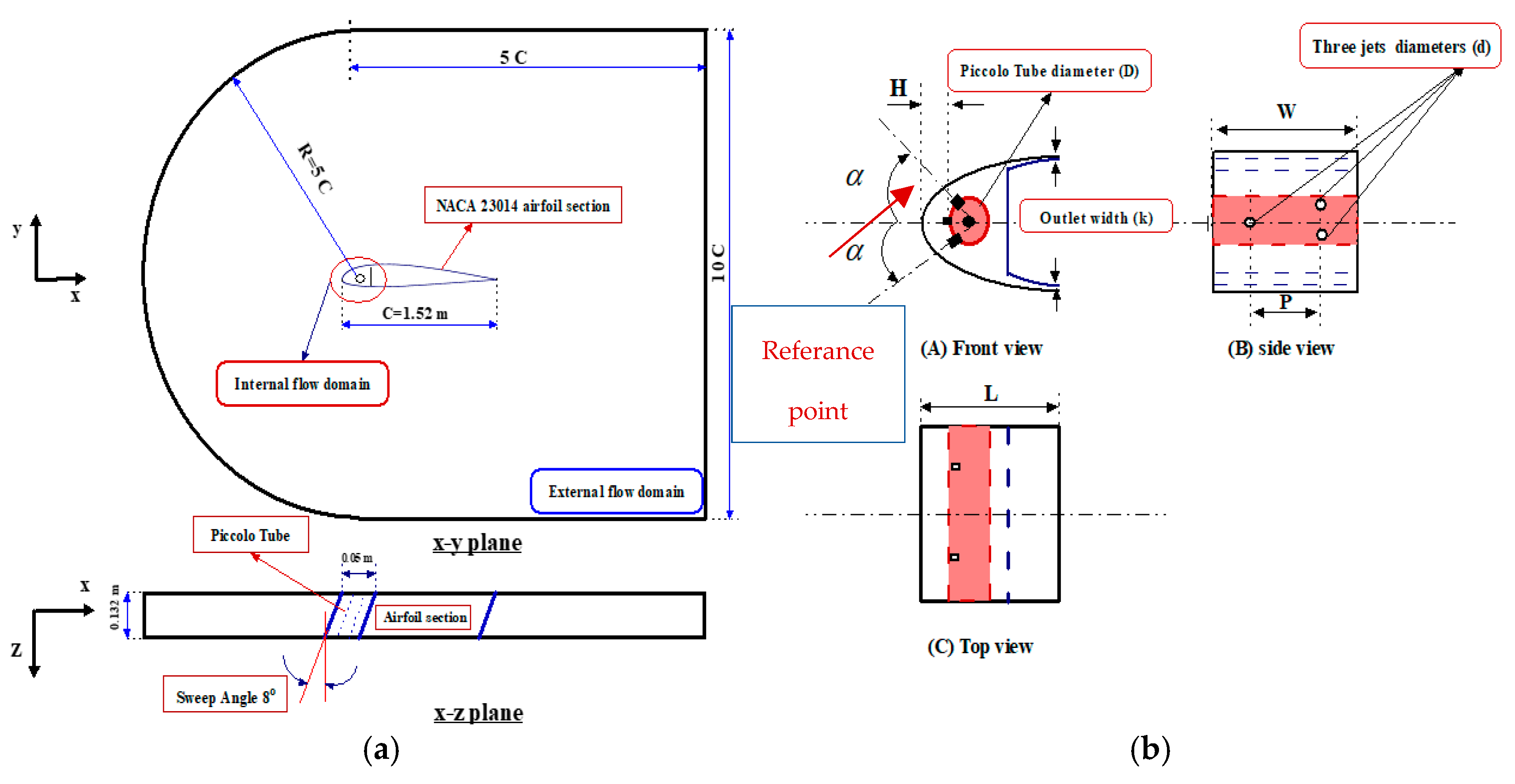


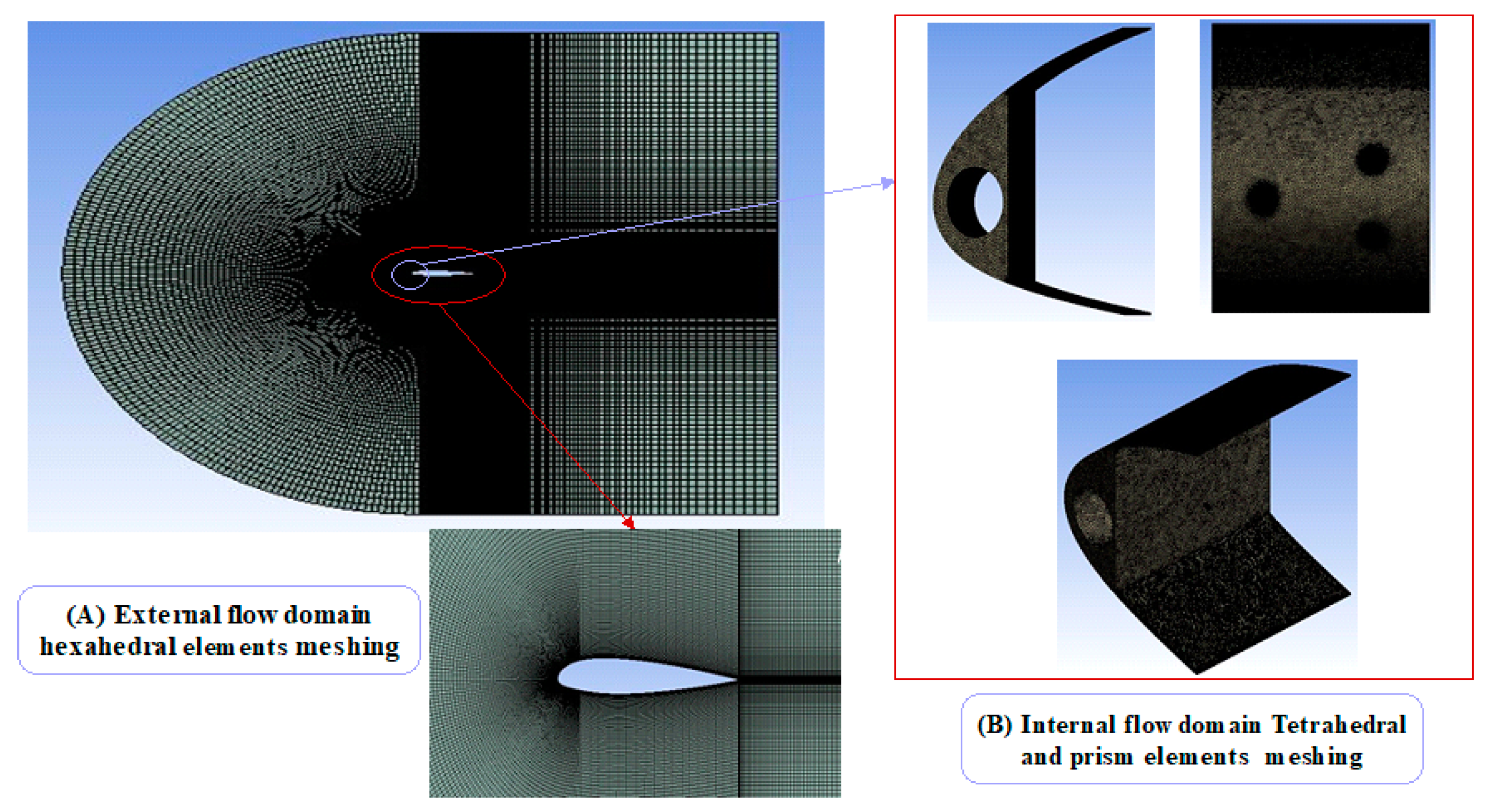
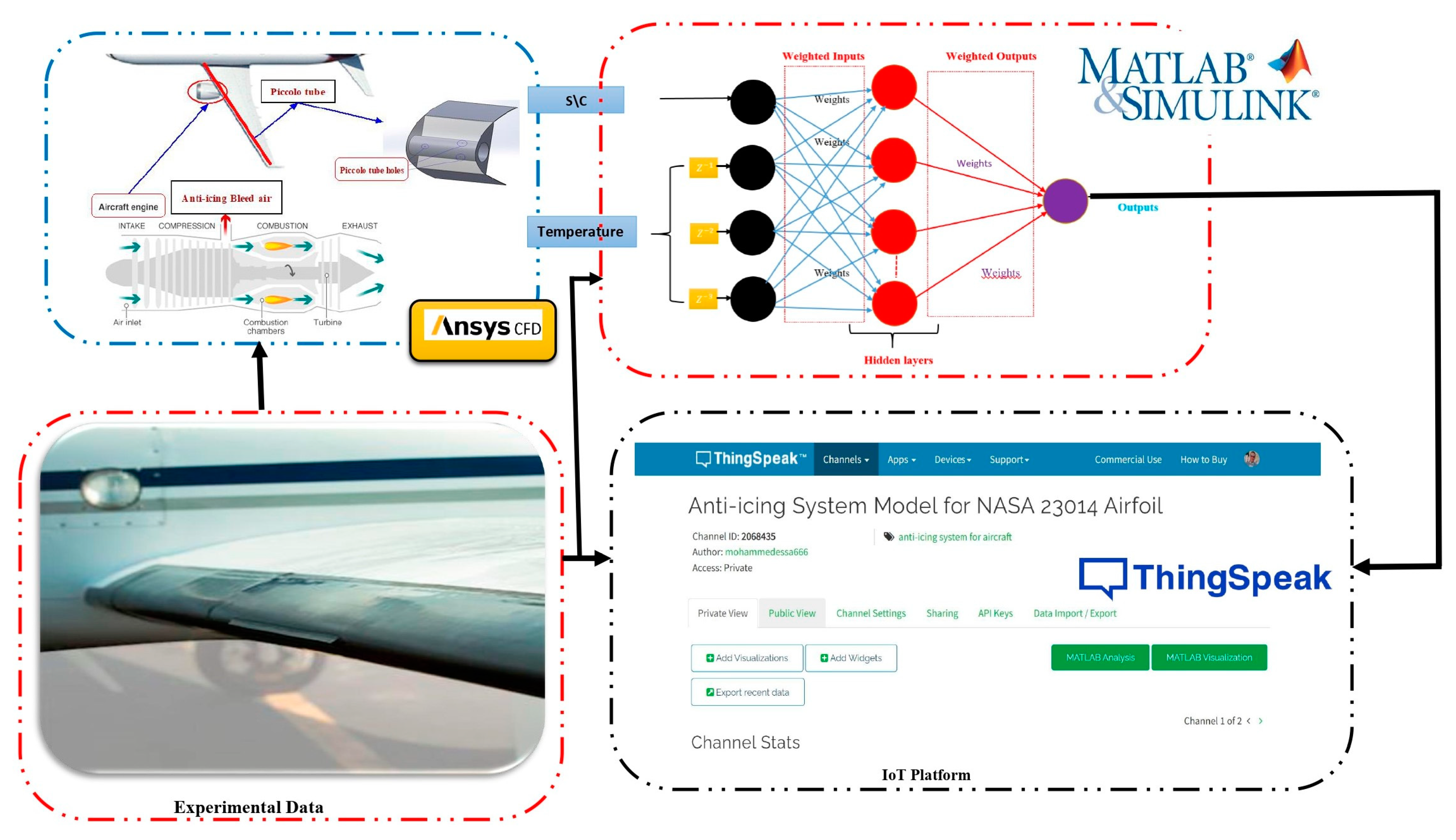
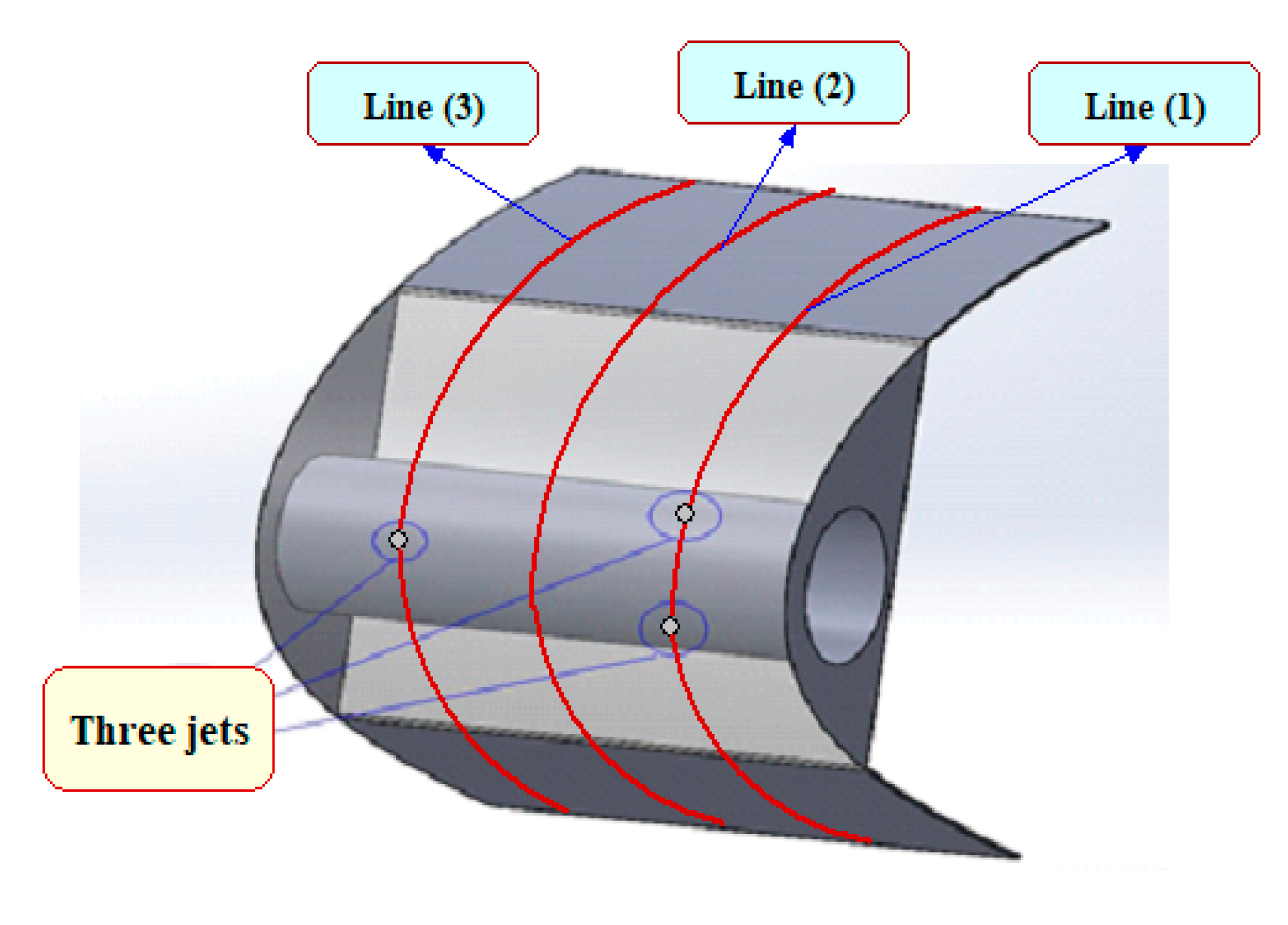
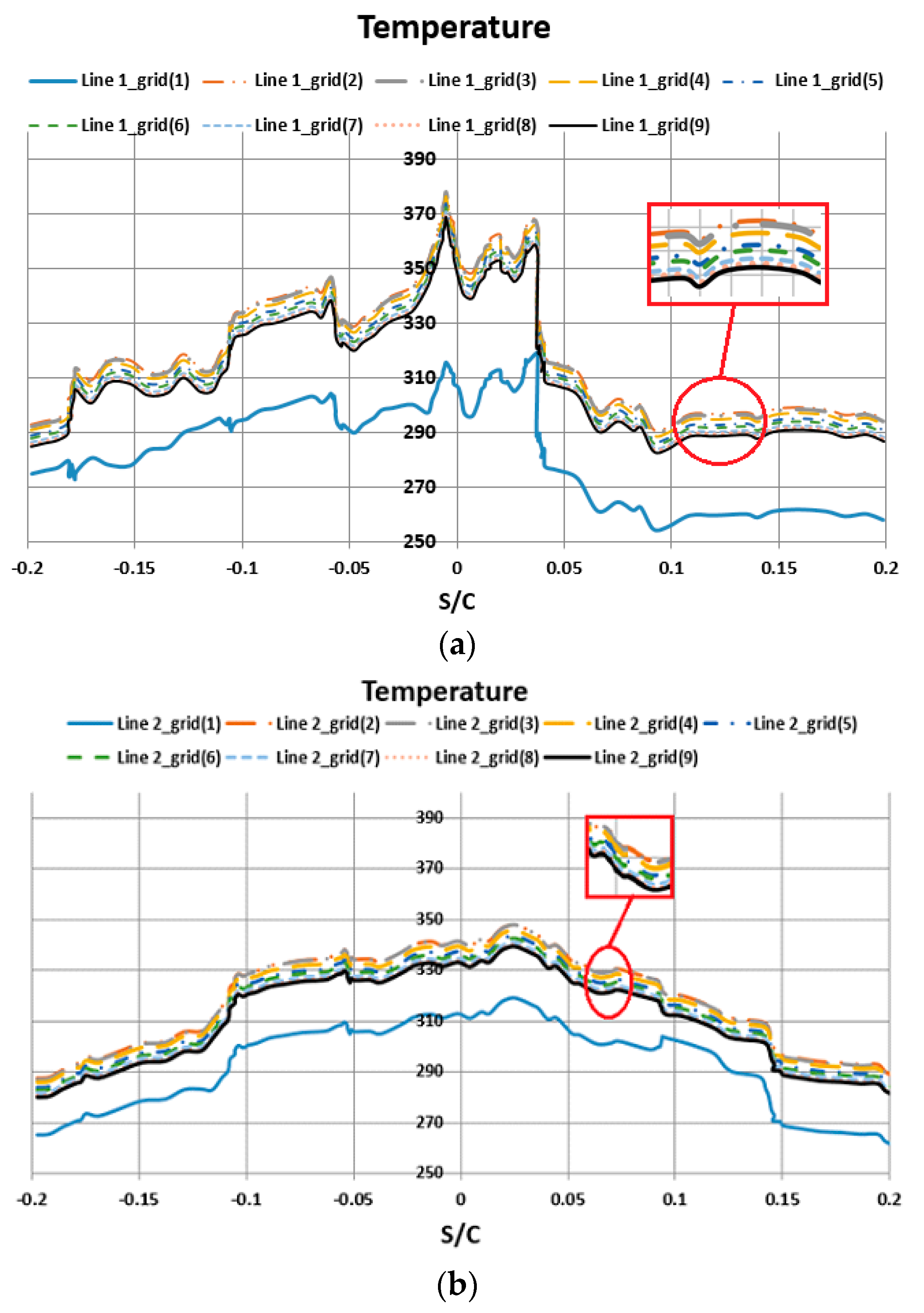

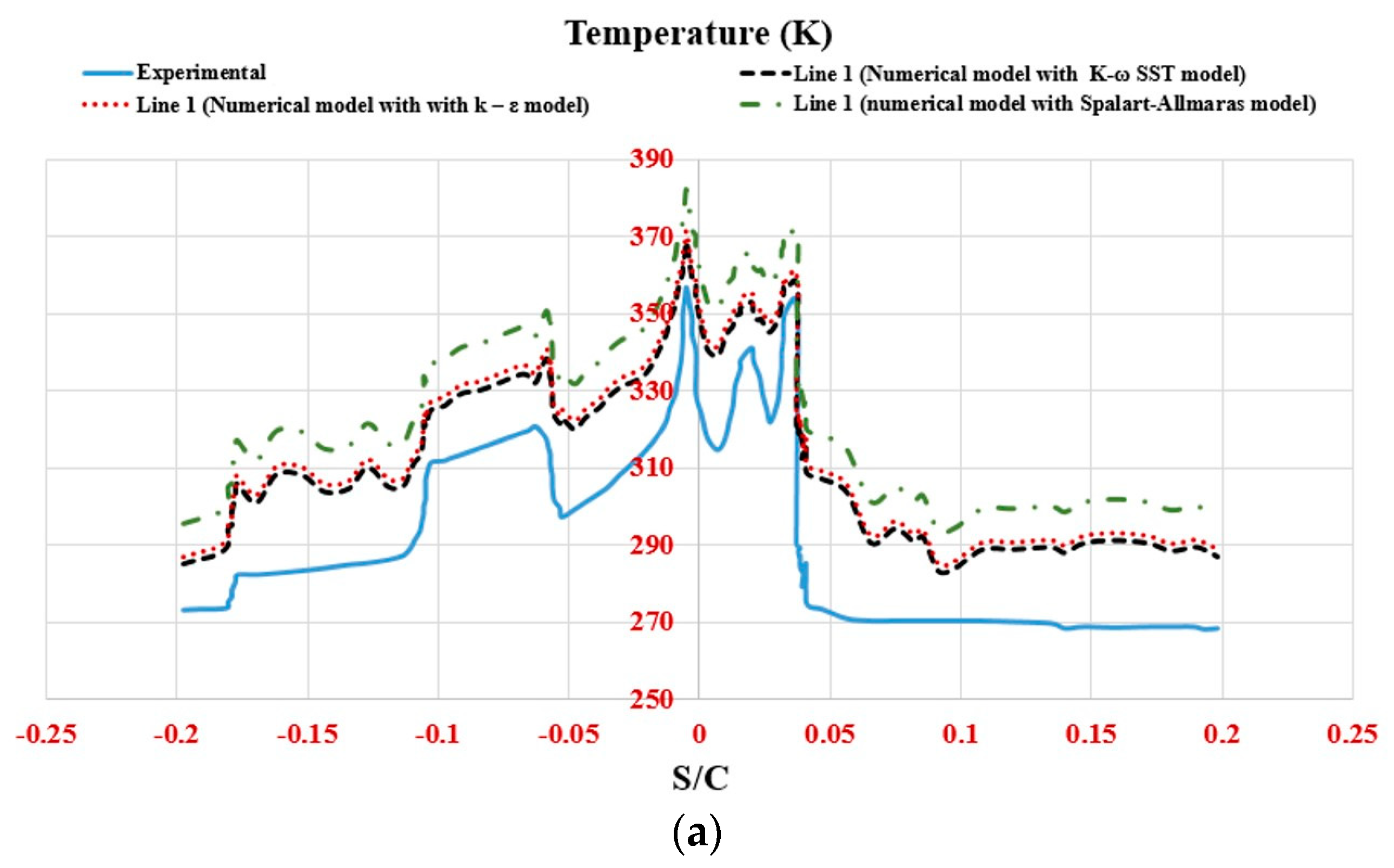

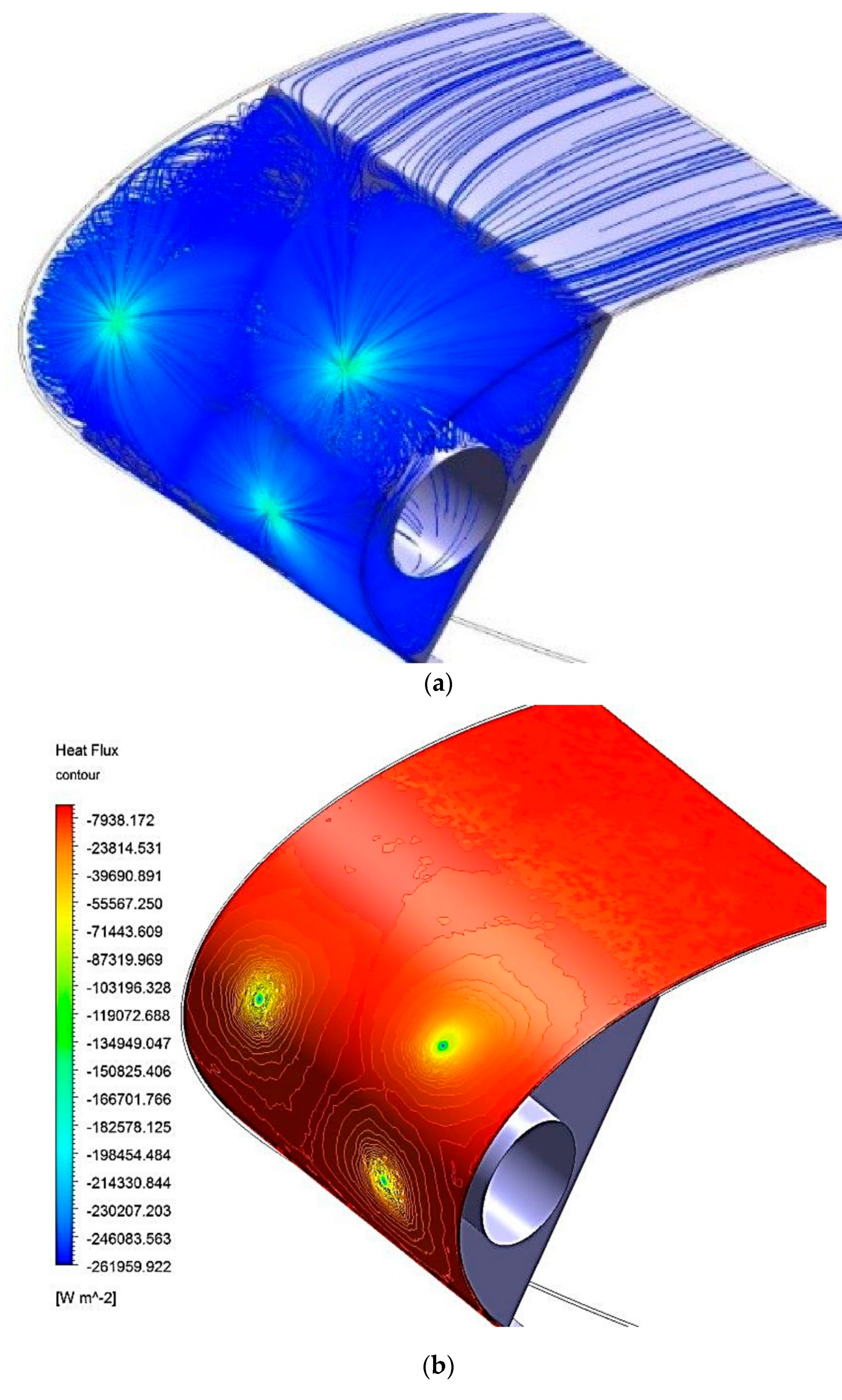
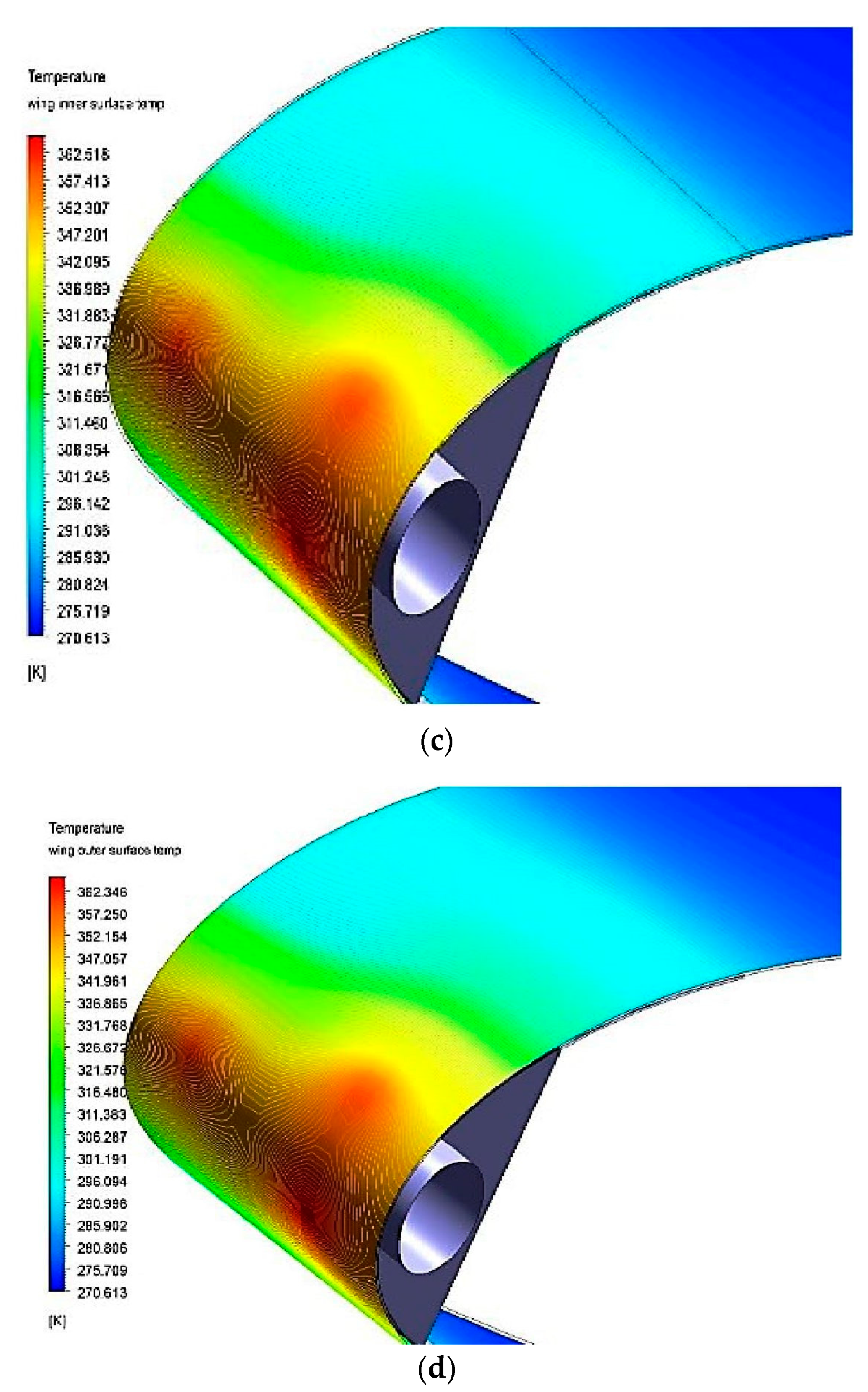
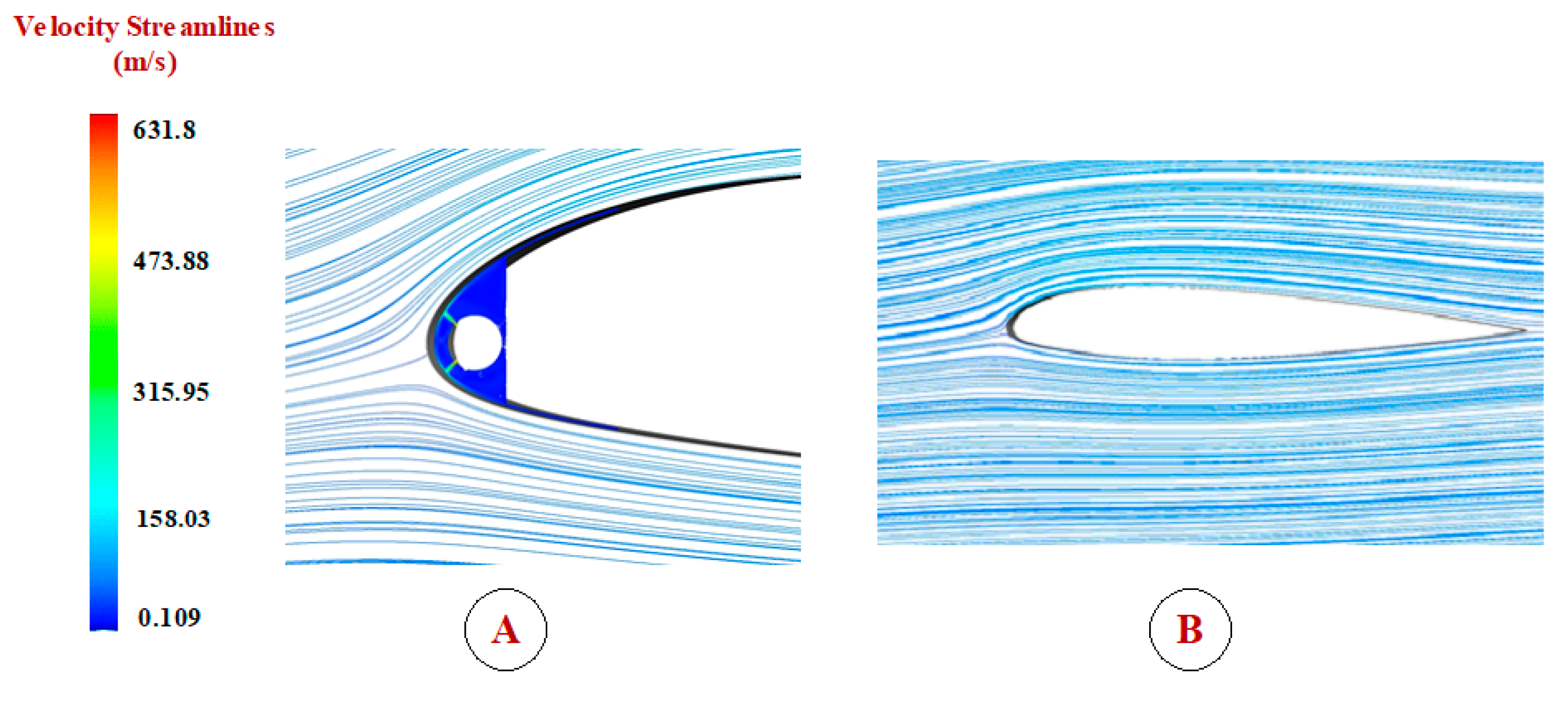



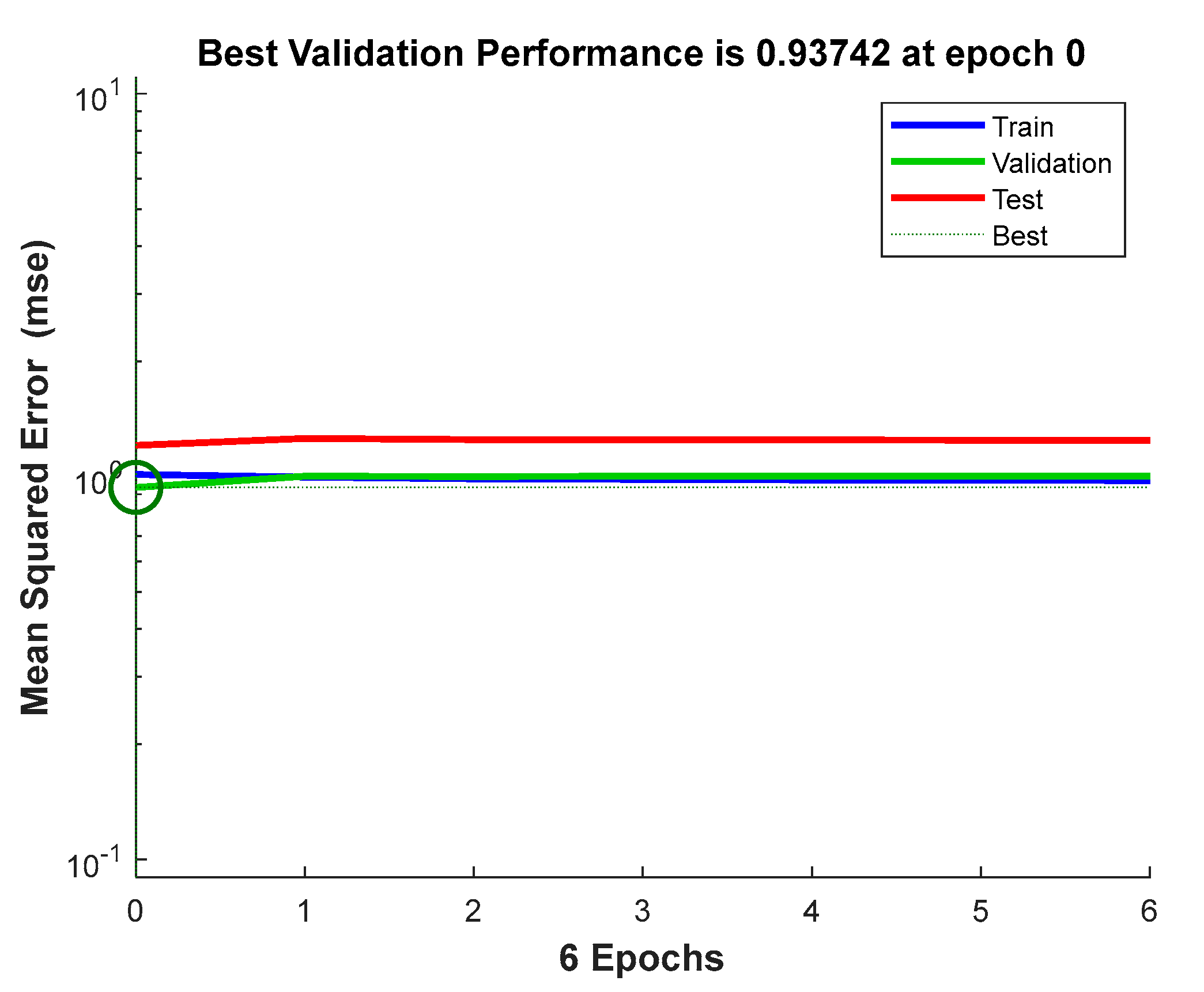
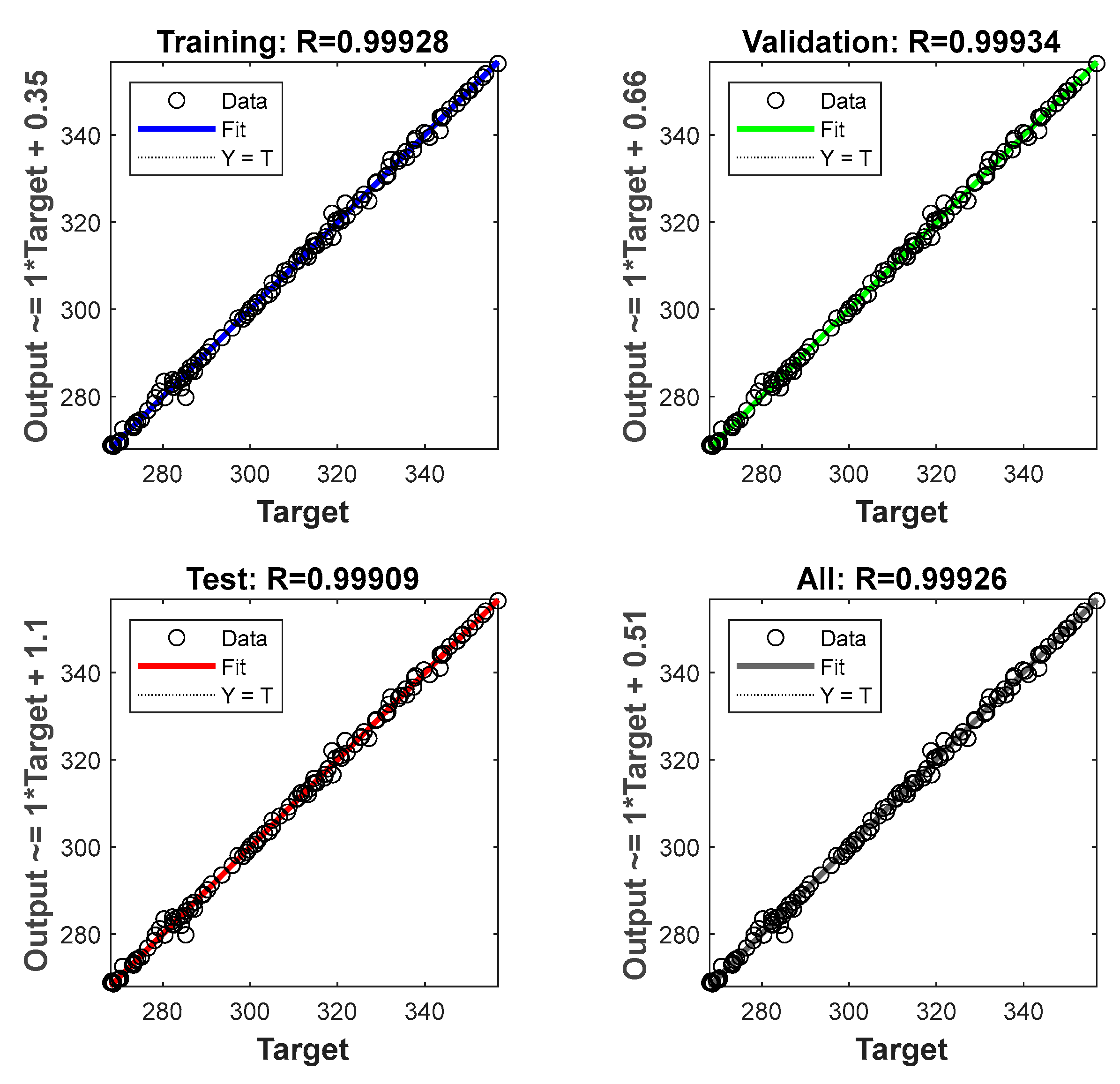
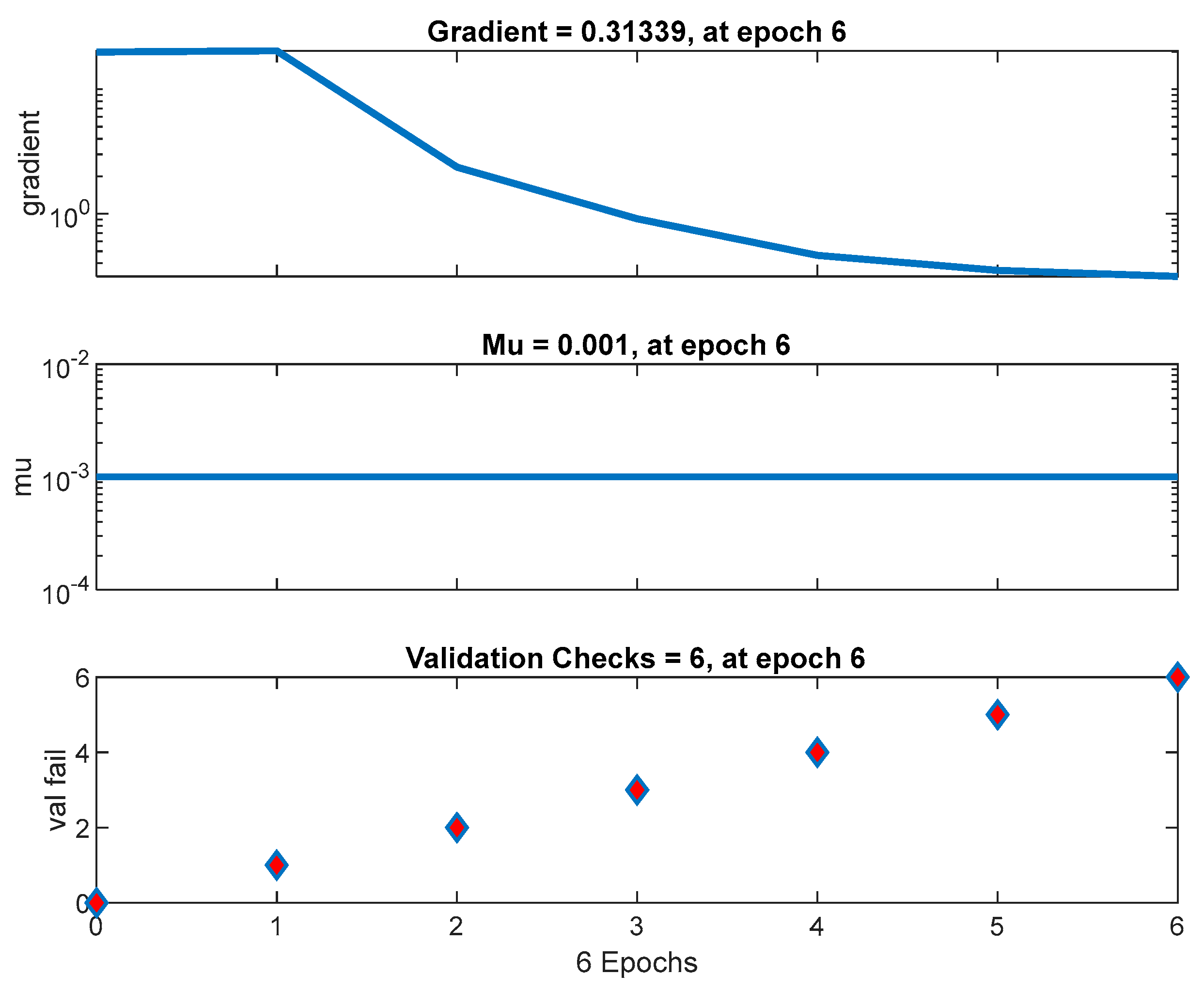


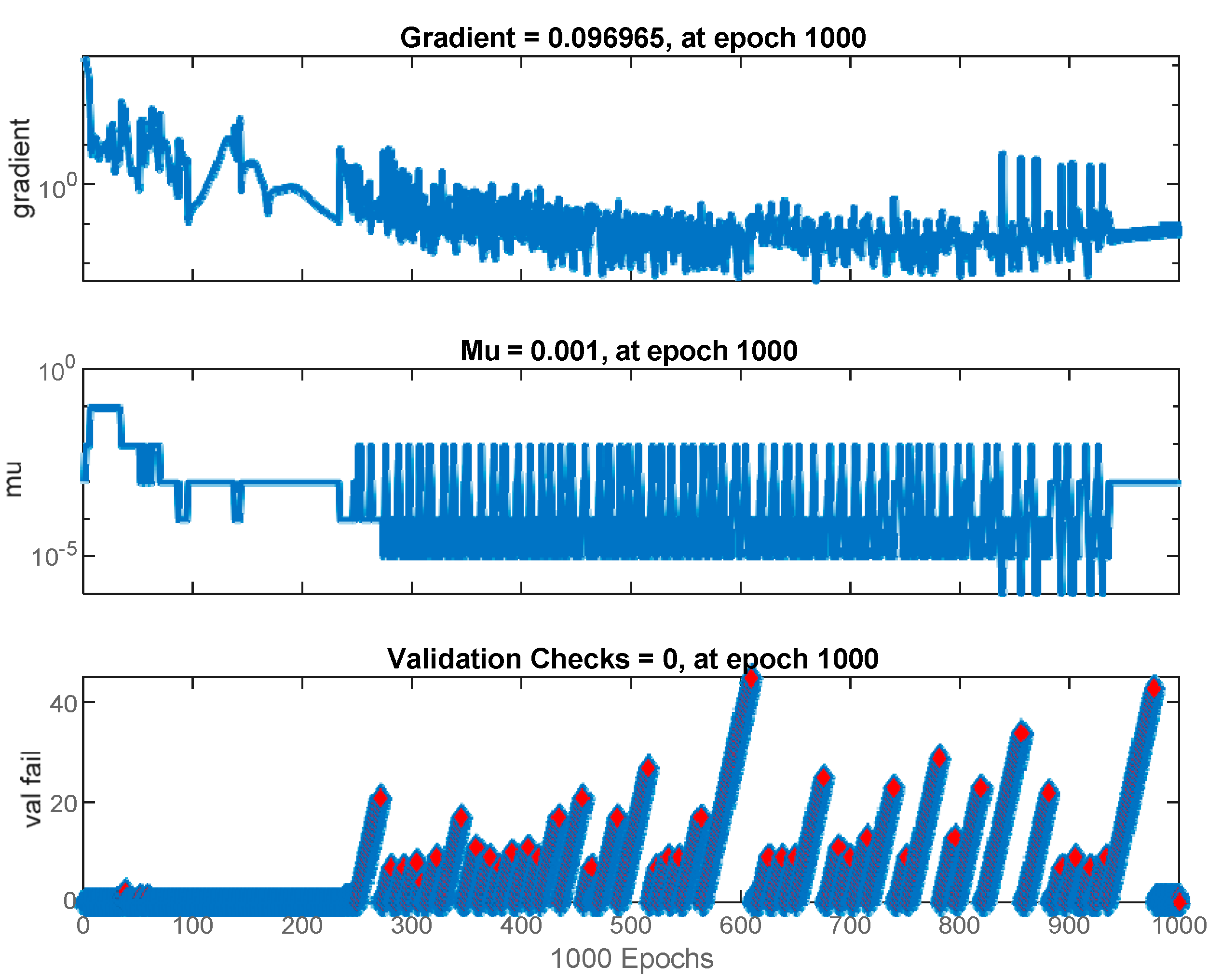

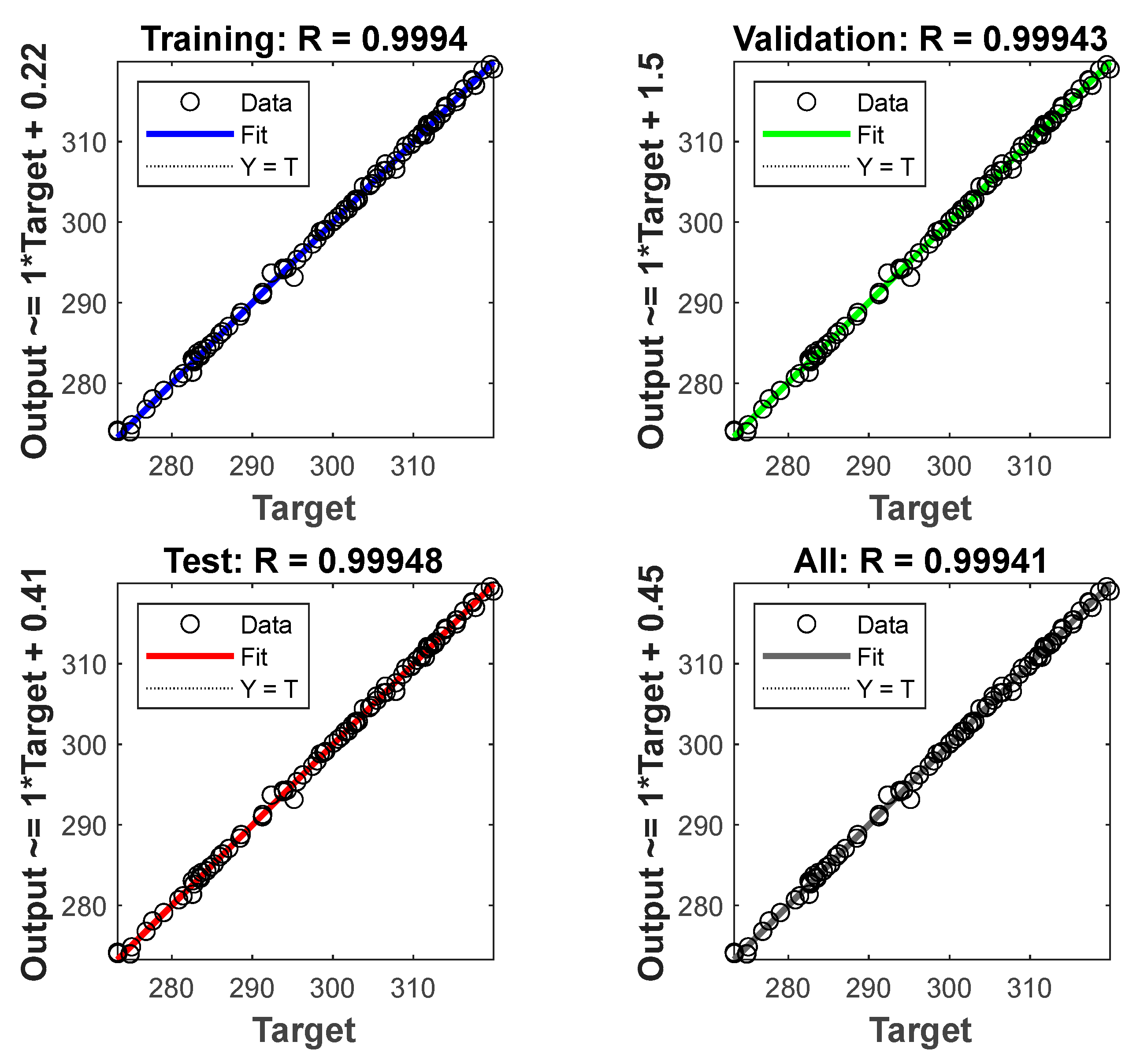
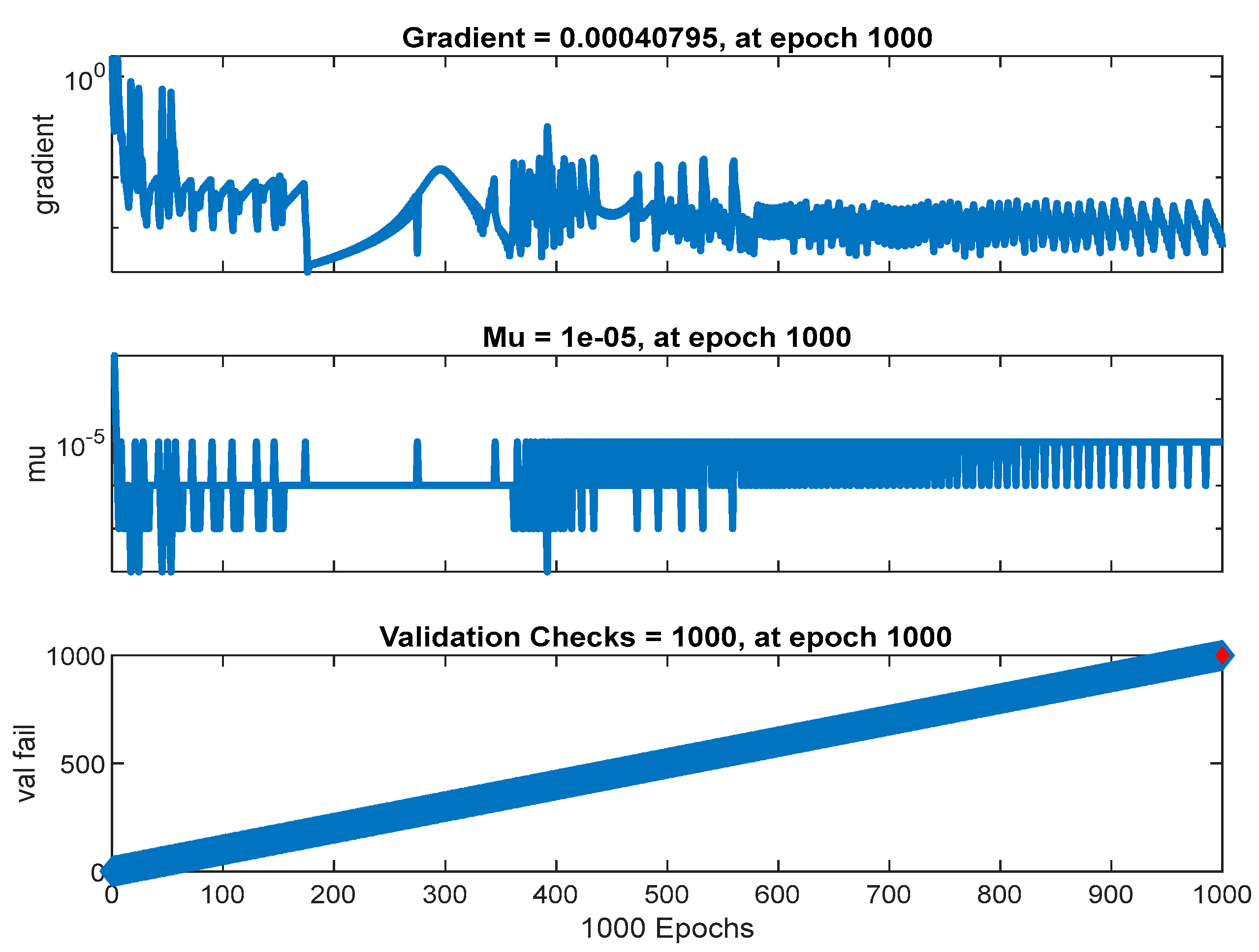

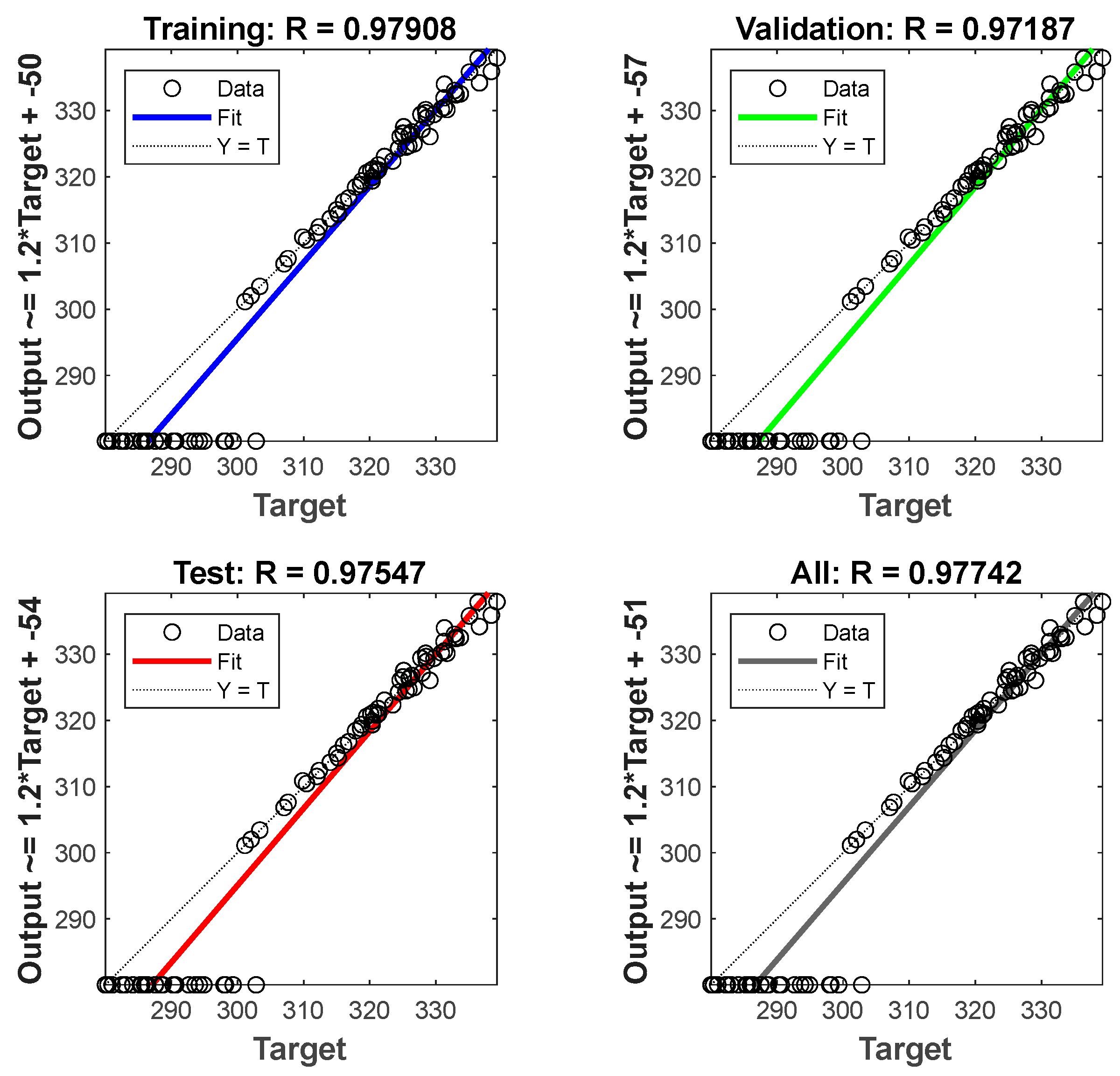

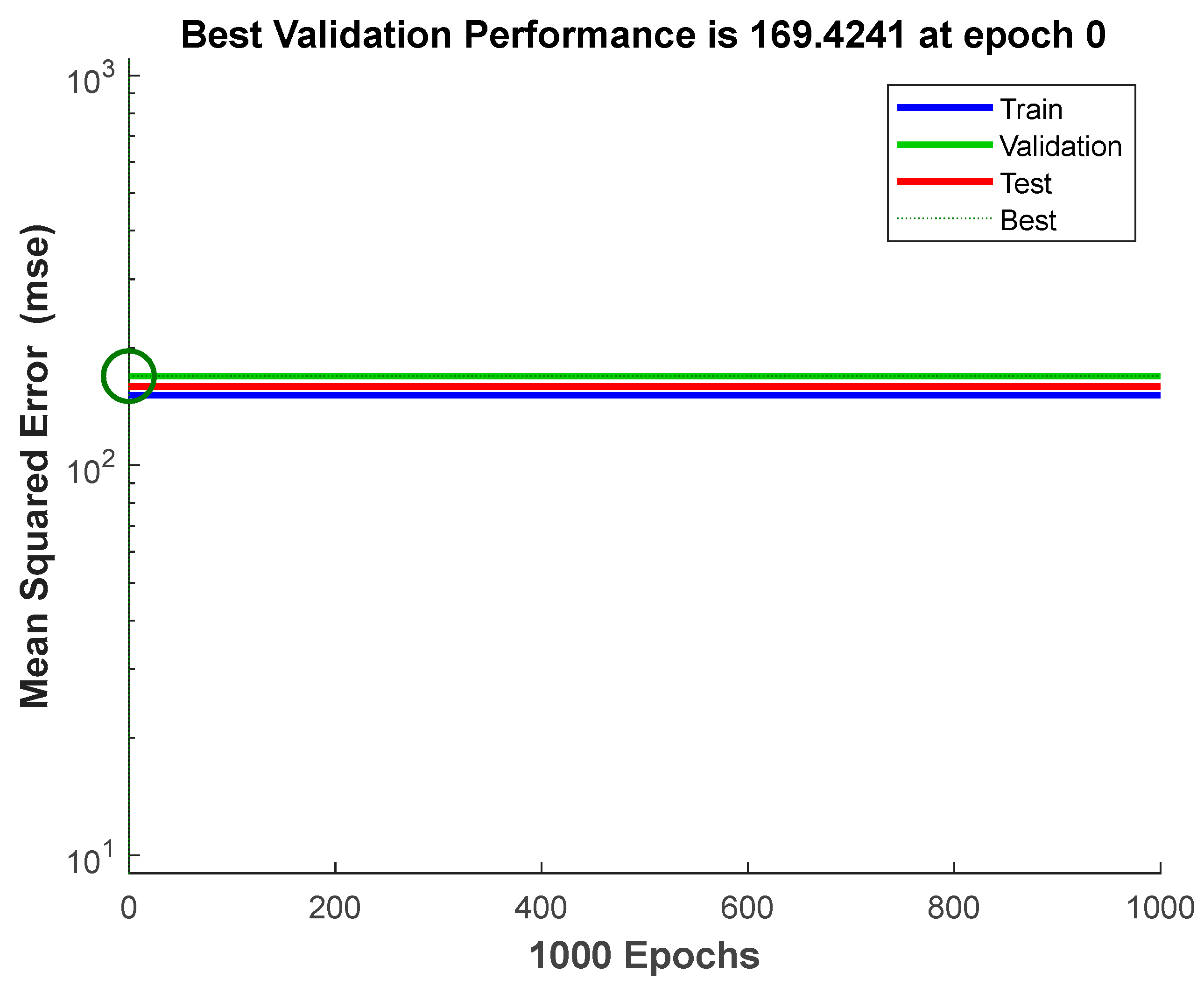

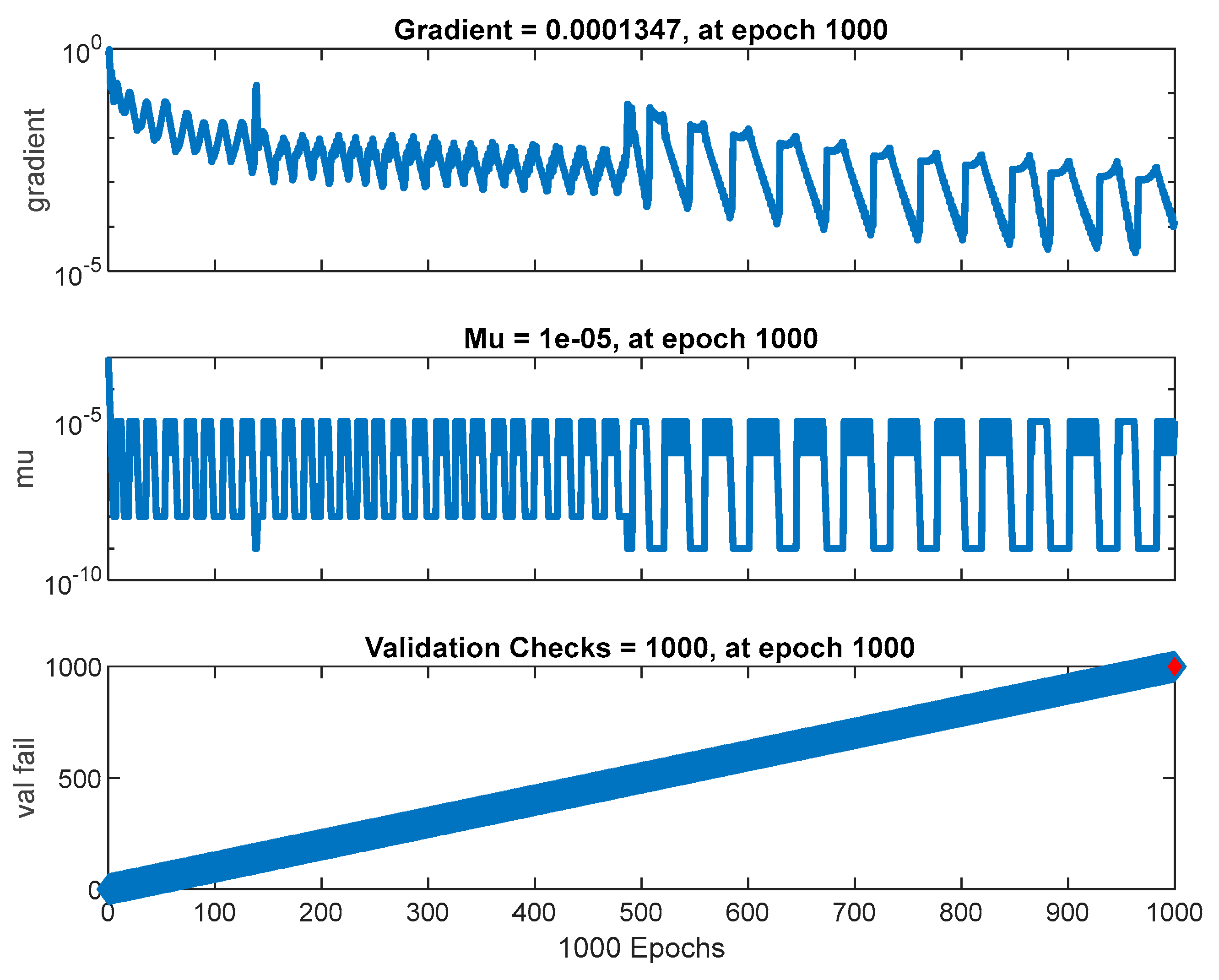

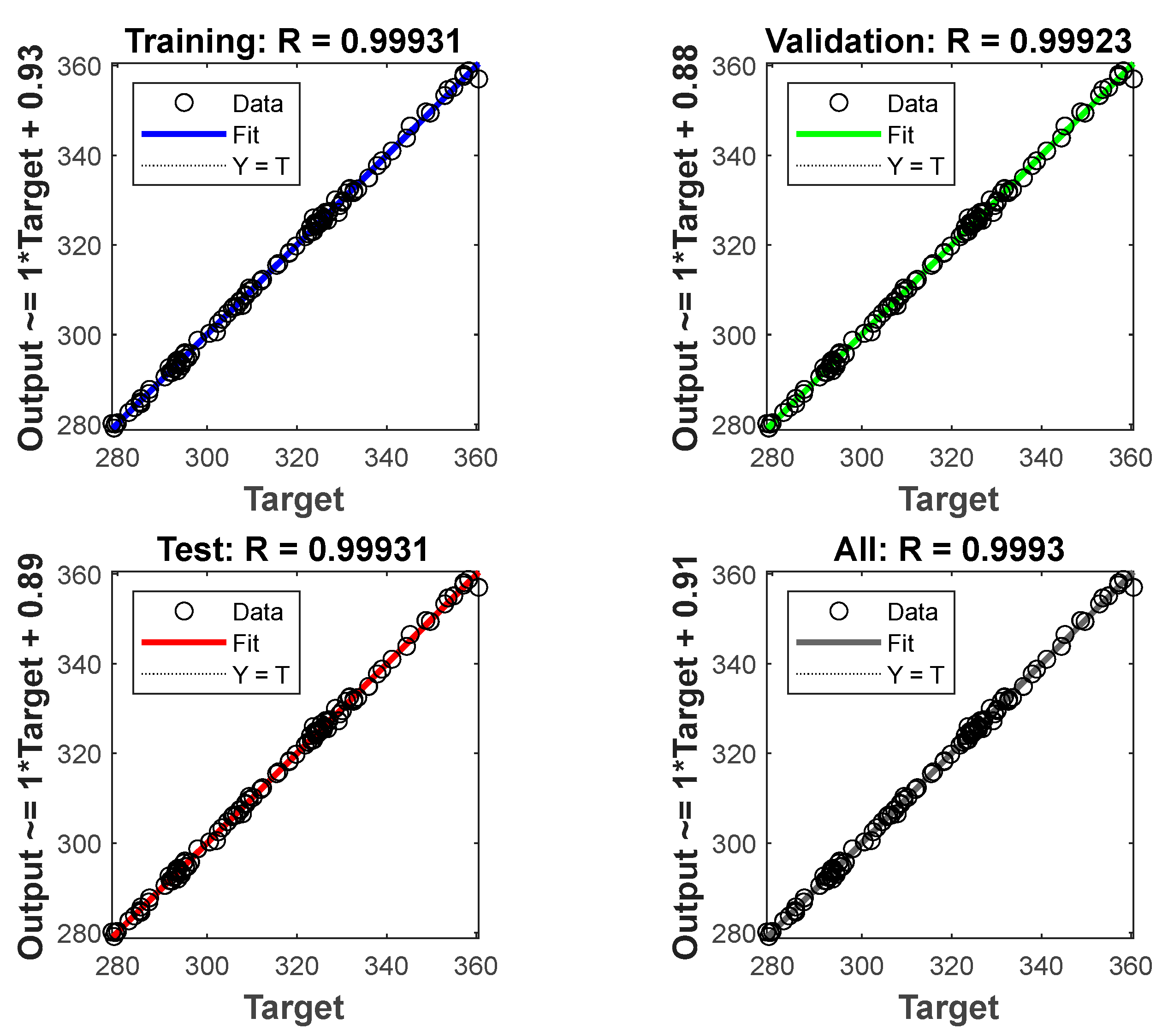
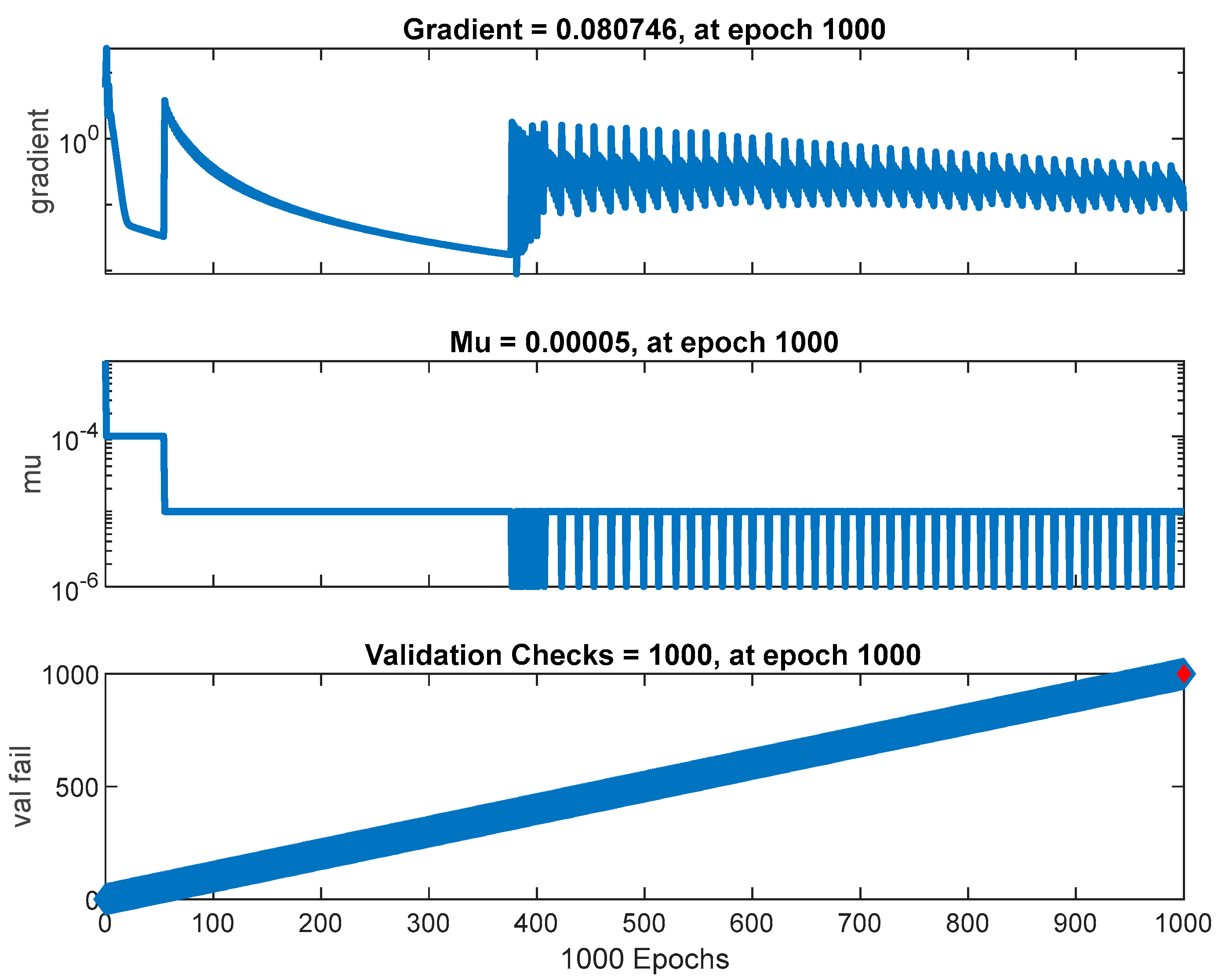
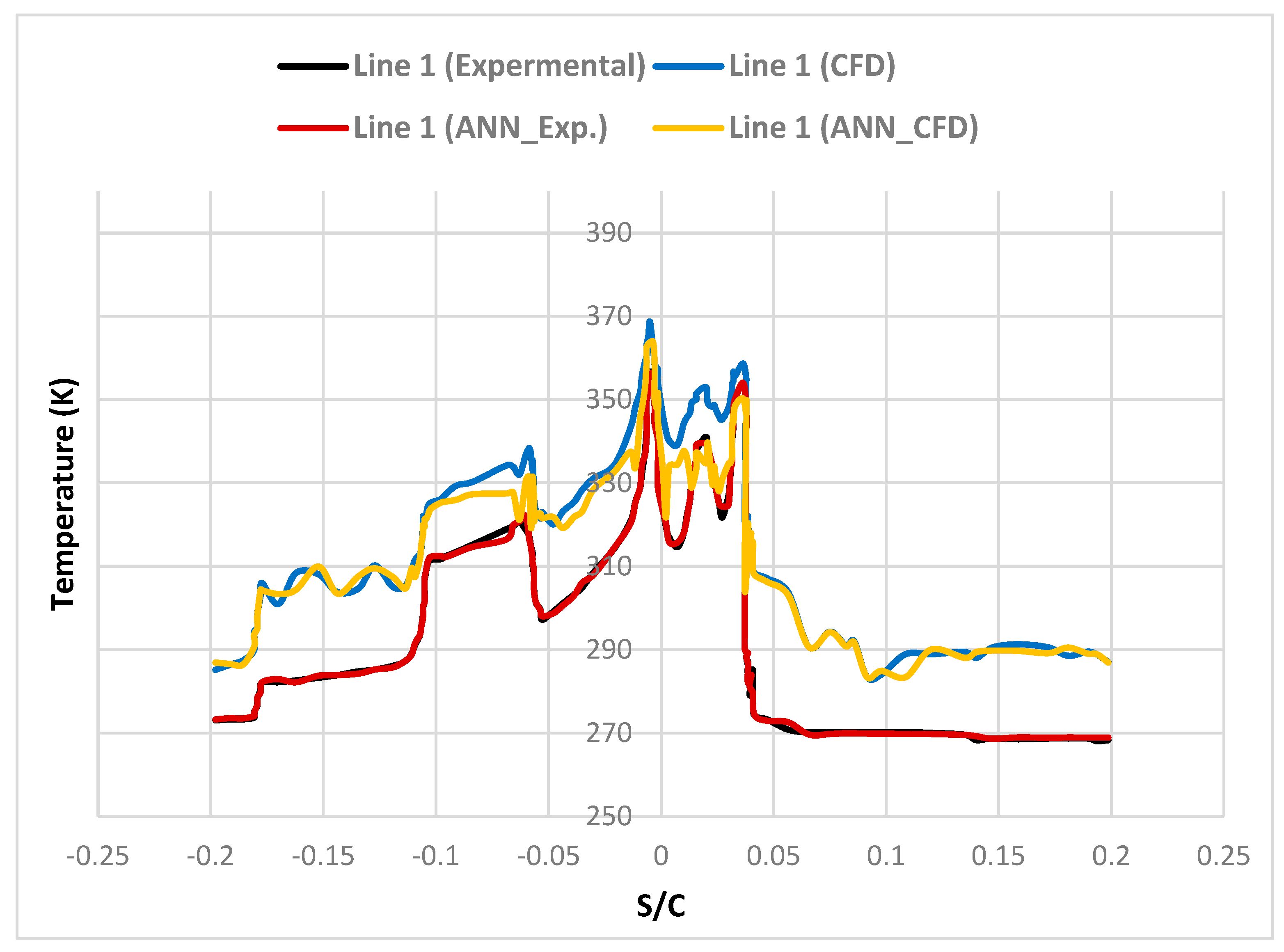
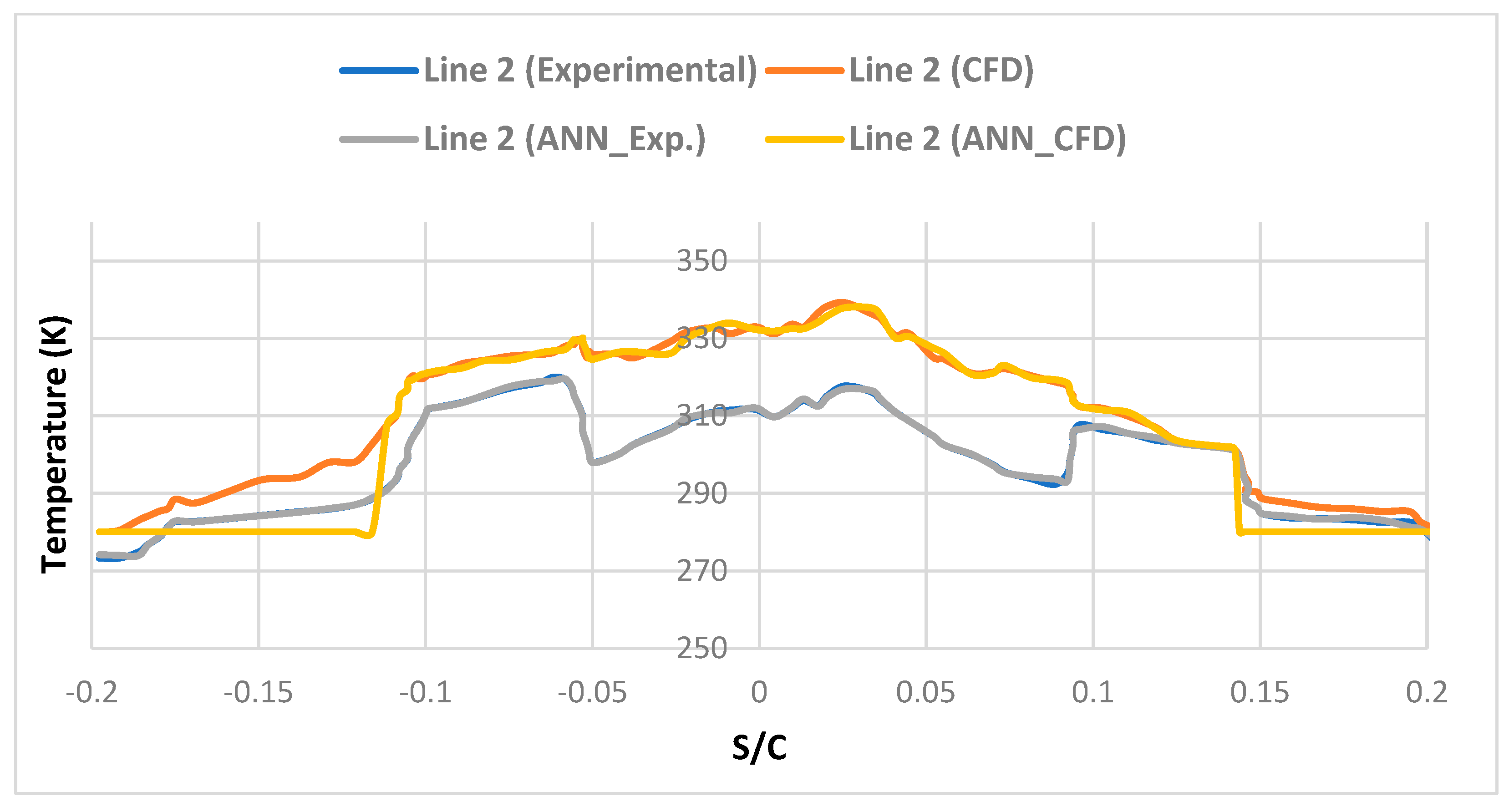

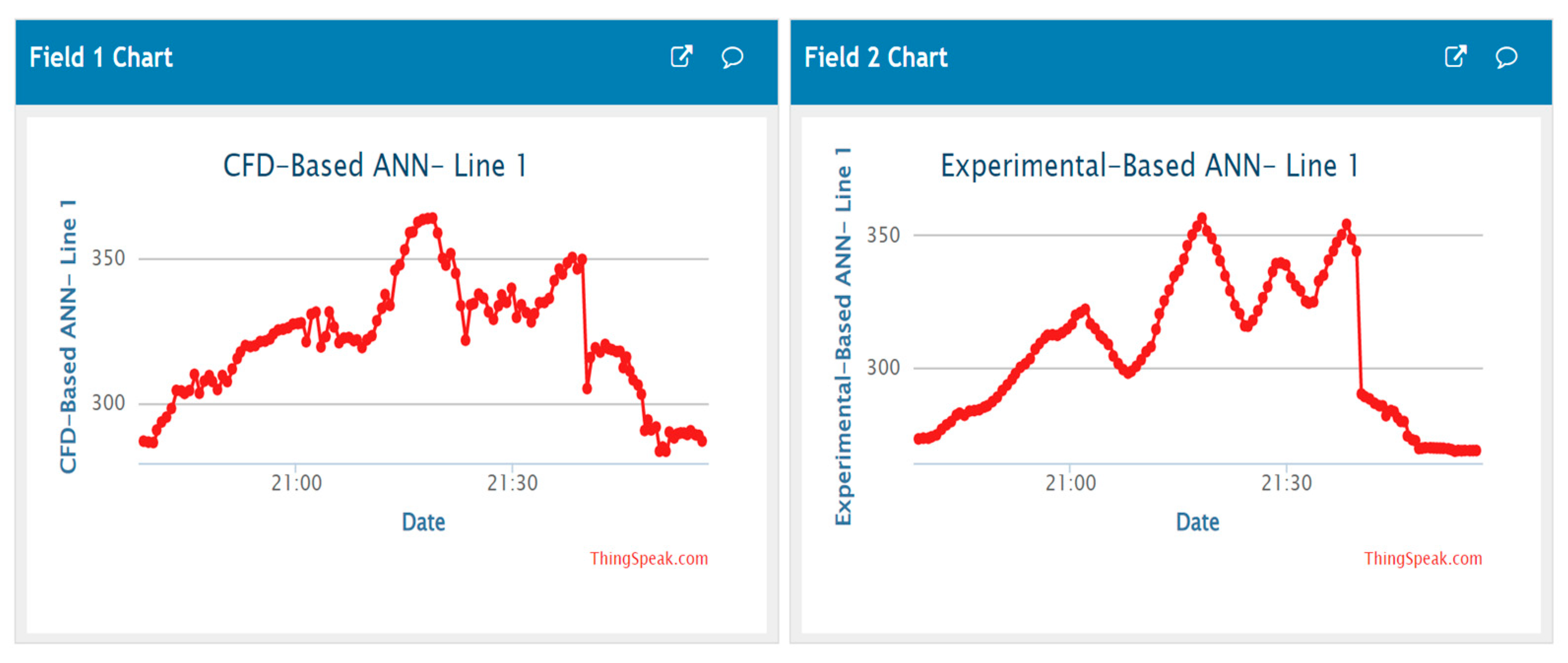

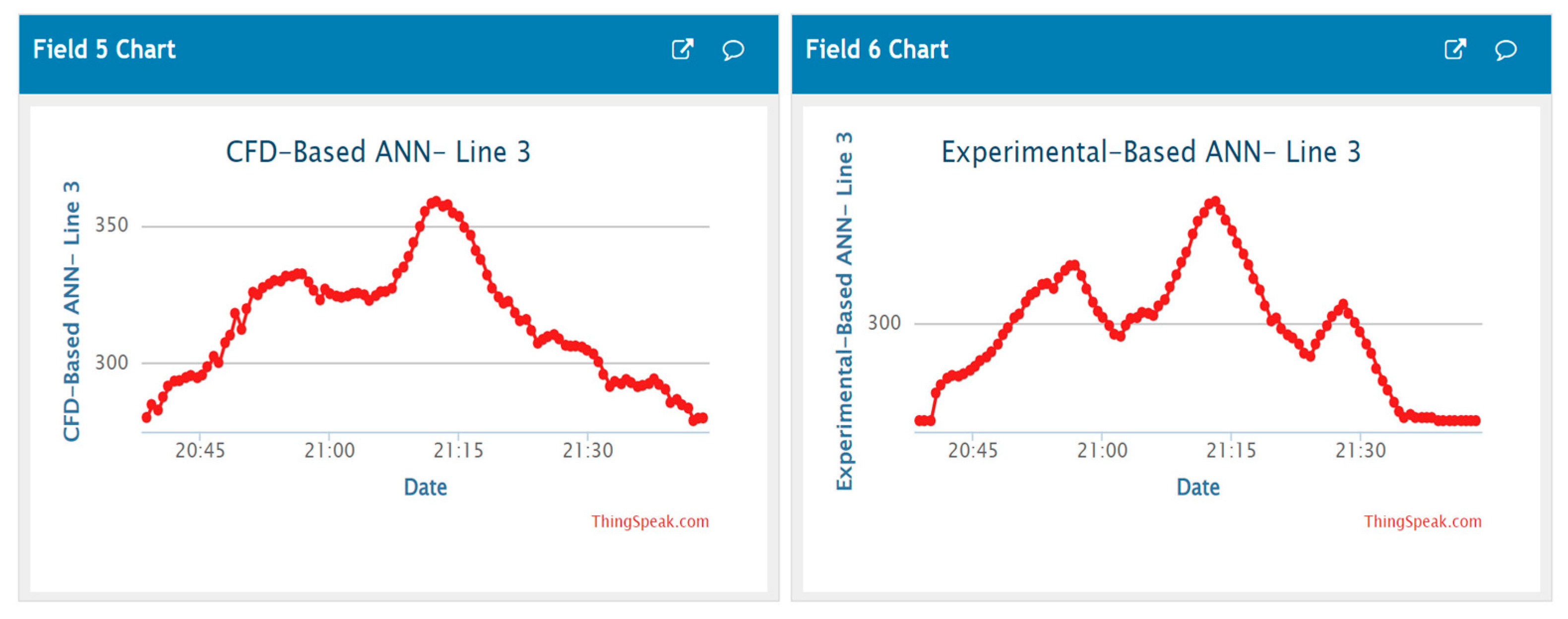
| External Flow Domain | Internal Flow Domain | ||
|---|---|---|---|
| Inlet air velocity | 59.2 m/s | Mass flow of hot air jets () | 0.327 g/s |
| Temperature of external flow | 268.21 K | Temperature of hot air jets | 449.82 K |
| AOA | 3 degrees | Temperature of piccolo tube wall | 449.82 K |
| Density | 0.9031 kg/m3 | H | 9.01 mm |
| Dynamic Viscosity | 1.692 × 10−5 N s/m2 | α | 45 degrees |
| Altitude above Sea Level | 3069.34 m | ||
| No. | Grid(1) | Grid(2) | Grid(3) | Grid(4) | Grid(5) | Grid(6) | Grid(7) | Grid(8) | Grid(9) |
|---|---|---|---|---|---|---|---|---|---|
| External Domain Elements | 166,140 | 364,470 | 364,470 | 364,470 | 520,500 | 658,250 | 658,250 | 658,250 | 685,250 |
| Solid Domain Elements | 12,348 | 19,488 | 19,488 | 19,488 | 28,560 | 28,560 | 28,560 | 28,560 | 28,560 |
| Internal Domain Elements | 164,319 | 1,024,413 | 1,085,252 | 1,259,010 | 1,477,181 | 1,477,181 | 1,608,800 | 1,777,585 | 1,953,066 |
| Total Elements | 342,807 | 1,408,371 | 1,469,210 | 1,642,968 | 2,026,241 | 2,163,991 | 2,295,610 | 2,464,395 | 2,666,876 |
| ANN | Samples | MSE | Regression | Performance | ||
|---|---|---|---|---|---|---|
| Line 1 | Exp. | Training | 1421 | 1.12 | 1.0 | 0.977 |
| Validation | 304 | 1.01 | 1.0 | |||
| Testing | 304 | 1.18 | 1.0 | |||
| CFD | Training | 1421 | 2.50 | 1.0 | 2.13 | |
| Validation | 304 | 2.61 | 1.0 | |||
| Testing | 304 | 2.78 | 1.0 | |||
| Line 2 | Exp. | Training | 1415 | 3.16 × 10−2 | 1.0 | 2.08 |
| Validation | 303 | 3.51 × 10−2 | 1.0 | |||
| Testing | 303 | 3.89 × 10−2 | 1.0 | |||
| CFD | Training | 1415 | 2.617 × 10−1 | 1.0 | 3.9 | |
| Validation | 303 | 2.683 × 10−1 | 1.0 | |||
| Testing | 303 | 2.647 × 10−1 | 1.0 | |||
| Line 3 | Exp. | Training | 1411 | 2.65 × 10−1 | 1.0 | 156 |
| Validation | 303 | 2.75 × 10−1 | 1.0 | |||
| Testing | 303 | 2.72 × 10−1 | 1.0 | |||
| CFD | Training | 1411 | 1.16 × 10−2 | 1.0 | 0.624 | |
| Validation | 303 | 1.11 × 10−2 | 1.0 | |||
| Testing | 303 | 1.36 × 10−2 | 1.0 | |||
| Line 1 | Line 2 | Line 3 | ||||||||
|---|---|---|---|---|---|---|---|---|---|---|
| Type | CFD | ANN-CFD | ANN-EXP. | CFD | ANN-CFD | ANN-EXP. | CFD | ANN-CFD | ANN-EXP. | |
| Performance | ||||||||||
| MAE (%) | 40.09 | 24.49 | 6.06 | 59.69 | 38.5 | 4.34 | 38.47 | 4.29 | 3.58 | |
| MSE (%) | 22.69 | 5.82 | 0.72 | 27.36 | 5.65 | 0.25 | 23.5 | 0.682 | 0.684 | |
| R2 | 0.54 | 0.99 | 0.99 | 0.53 | 0.93 | 0.998 | 0.56 | 0.998 | 0.998 | |
Disclaimer/Publisher’s Note: The statements, opinions and data contained in all publications are solely those of the individual author(s) and contributor(s) and not of MDPI and/or the editor(s). MDPI and/or the editor(s) disclaim responsibility for any injury to people or property resulting from any ideas, methods, instructions or products referred to in the content. |
© 2023 by the authors. Licensee MDPI, Basel, Switzerland. This article is an open access article distributed under the terms and conditions of the Creative Commons Attribution (CC BY) license (https://creativecommons.org/licenses/by/4.0/).
Share and Cite
Abdelghany, E.S.; Farghaly, M.B.; Almalki, M.M.; Sarhan, H.H.; Essa, M.E.-S.M. Machine Learning and IoT Trends for Intelligent Prediction of Aircraft Wing Anti-Icing System Temperature. Aerospace 2023, 10, 676. https://doi.org/10.3390/aerospace10080676
Abdelghany ES, Farghaly MB, Almalki MM, Sarhan HH, Essa ME-SM. Machine Learning and IoT Trends for Intelligent Prediction of Aircraft Wing Anti-Icing System Temperature. Aerospace. 2023; 10(8):676. https://doi.org/10.3390/aerospace10080676
Chicago/Turabian StyleAbdelghany, E. S., Mohamed B. Farghaly, Mishari Metab Almalki, H. H. Sarhan, and Mohamed El-Sayed M. Essa. 2023. "Machine Learning and IoT Trends for Intelligent Prediction of Aircraft Wing Anti-Icing System Temperature" Aerospace 10, no. 8: 676. https://doi.org/10.3390/aerospace10080676
APA StyleAbdelghany, E. S., Farghaly, M. B., Almalki, M. M., Sarhan, H. H., & Essa, M. E.-S. M. (2023). Machine Learning and IoT Trends for Intelligent Prediction of Aircraft Wing Anti-Icing System Temperature. Aerospace, 10(8), 676. https://doi.org/10.3390/aerospace10080676









